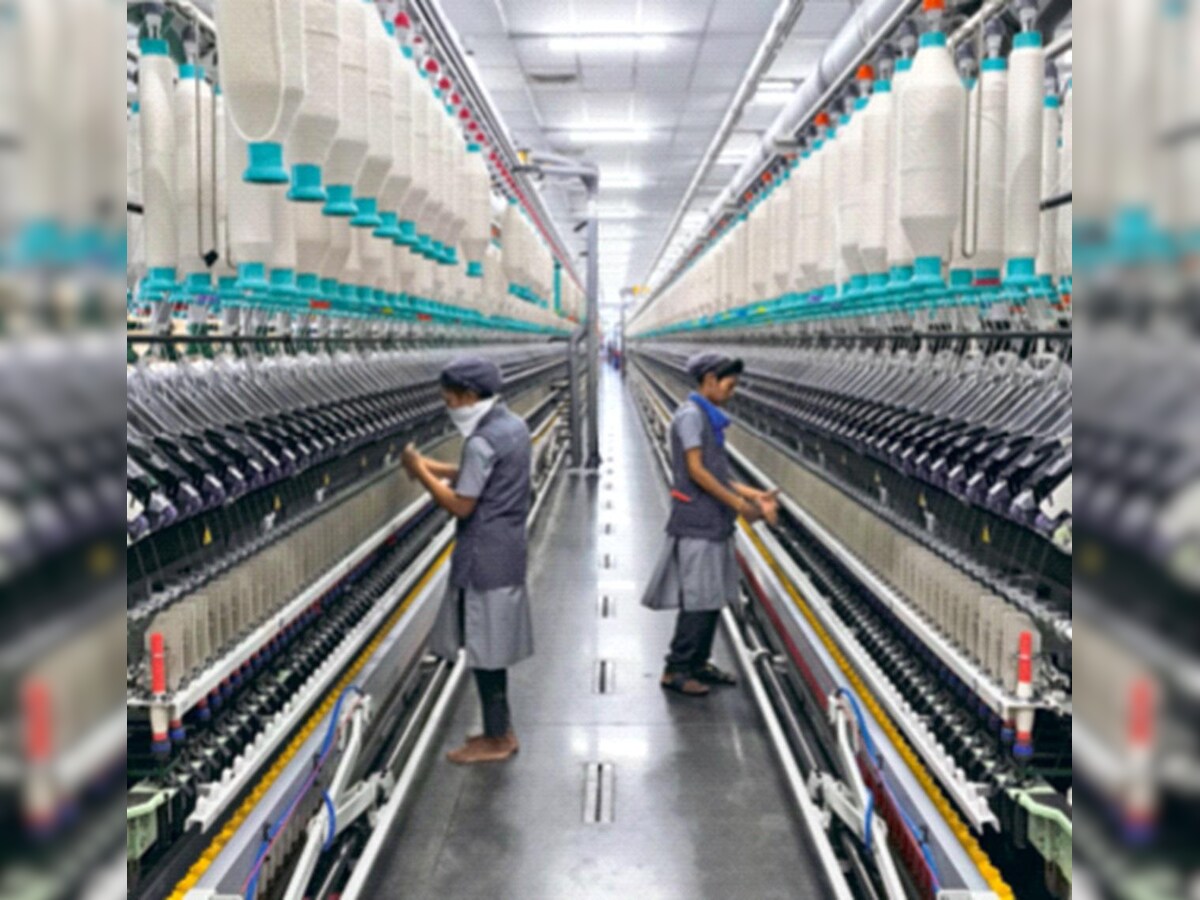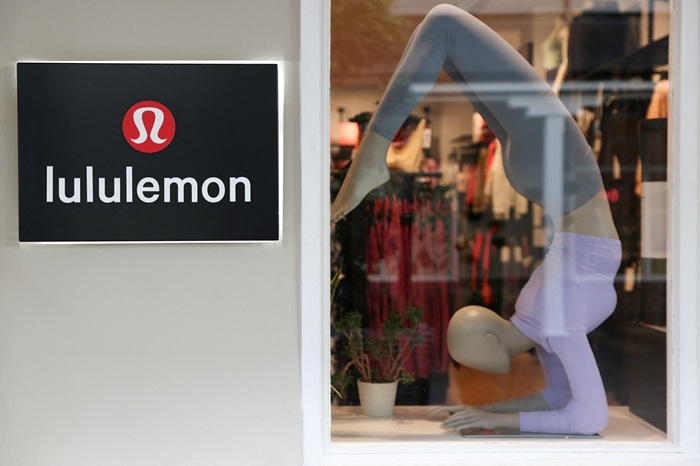"Retailers need to give an ever-increasing thrust on product development, differentiation and value addition, to break the cycle of low margins and costs, and the associated problems with it, finds a recent report by Kurt Salmon Associates, ‘From cost focus to true value creation’. Heavy discounts, markdowns plague the retail industry today, and the industry needs to focus on product, supply chain, quality, instead of always looking for the lowest cost producer."

Retailers need to give an ever-increasing thrust on product development, differentiation and value addition, to break the cycle of low margins and costs, and the associated problems with it, finds a recent report by Kurt Salmon Associates, ‘From cost focus to true value creation’. Heavy discounts, markdowns plague the retail industry today, and the industry needs to focus on product, supply chain, quality, instead of always looking for the lowest cost producer.
Product innovation

In markets with an abundance of brands and less and less differentiating products, product development and sourcing capabilities move back into the strategic focus of fashion retailers. It's the key enabler for differentiation in the competitive environment. Access to deep technical expertise and unique handwriting of product groups that are critical for brand building as well as curated supplier portfolios with the true ability to drive innovation, evolve to an indispensable asset to drive top line as well as markdown and margin performance.
Time to market
Speed of trends and innovation has tremendously increased over recent years and consumers are adopting market impulses from option leaders, celebrities, and bloggers at high pace. This requires being closer to consumer needs with critical seasonal milestones on concept, design, and development for adoption of trend impulses as well as buying decisions to ensure market right products and quantities. Sourcing plays a critical role in enabling differentiated seasonal calendars based on individual product needs and a balanced mix of near shore and Far East sourcing destinations.
Demand and supply responsiveness
A significant part of end-of-seasons stock and related markdowns stems from buying and production volumes being insufficiently aligned with actual consumer demand on the shop floor and online during full price selling period. Leading retailers and brands currently make significant investments to drive end-to-end planning integration along the value chain across retail, product merchandising, material management, and sourcing/production. Main objective is to act vertical while typically not owning the different stages of the value chain down to production.
Differentiated supplier capabilities must be leveraged and developed in close collaboration along the entire value chain, from planning, through design and development, material management, costing, down to logistics. Intensified collaboration will also mean more common standards, definitions and KPIs. An integrated cloud-based database provides end-to-end transparency and control, internally as well as with third party suppliers. Furthermore, it allows a dynamic access to big data across the entire value chain and enhances predictive analytics for an improved merchandise planning, production capacity planning. etc. In re-shaping the fashion value chain, technology will prove to be the key enabler to provide the tools for analytical optimisation. Data transparency and the smart application of Artificial Intelligence will give retailers and brands the power to drive true value.
Product quality and sustainability
Product quality compliance and unified standards, e.g., with regards to fit and construction, are gaining increasing significance with online growth being unbroken. Returns from mismatch of expectations with regard to quality, size, and fit are a significant cost position, which is difficult to effectively avoid without aiming for these root causes. While this usually means not choosing the short term minimal cost option, these levers have strong power to drive better sell-through rates, stock turns and a reduction of leftovers hence, positively impacting markdowns and ultimately improving gross margin. This certainly compensates for higher production cost, and this does not even account for the top line sales potential from brand uniqueness and better differentiation vs. competitive offerings.
Sourcing portfolio optimisation
The shift from one sourcing country to another won’t be a long-term answer, as almost all current sourcing countries are getting more and more expensive. Looking at current markdowns of often 15-25 per cent of net sales this is a very powerful source of gross margin improvement. Each percentage point of markdown reduction immediately translates into an equivalent in realised margin.












